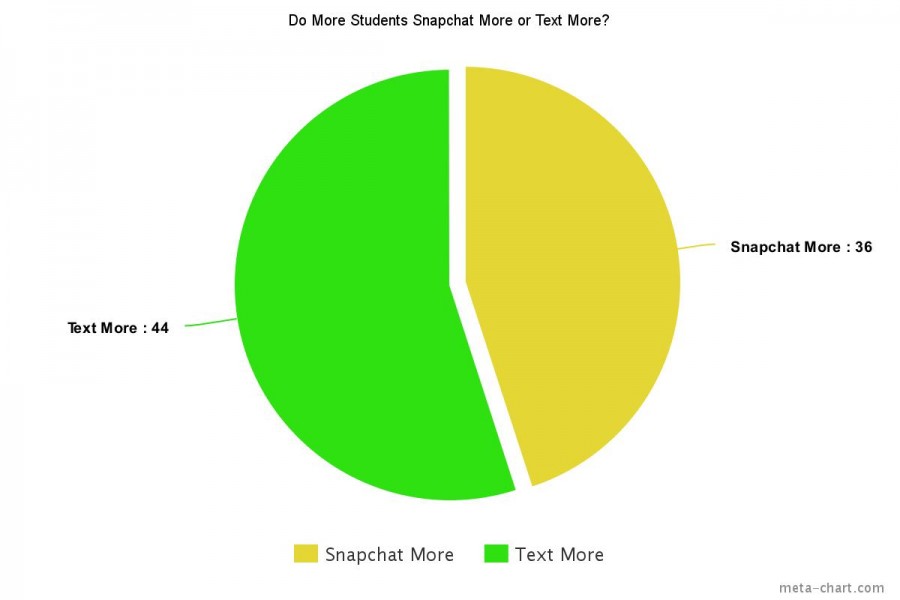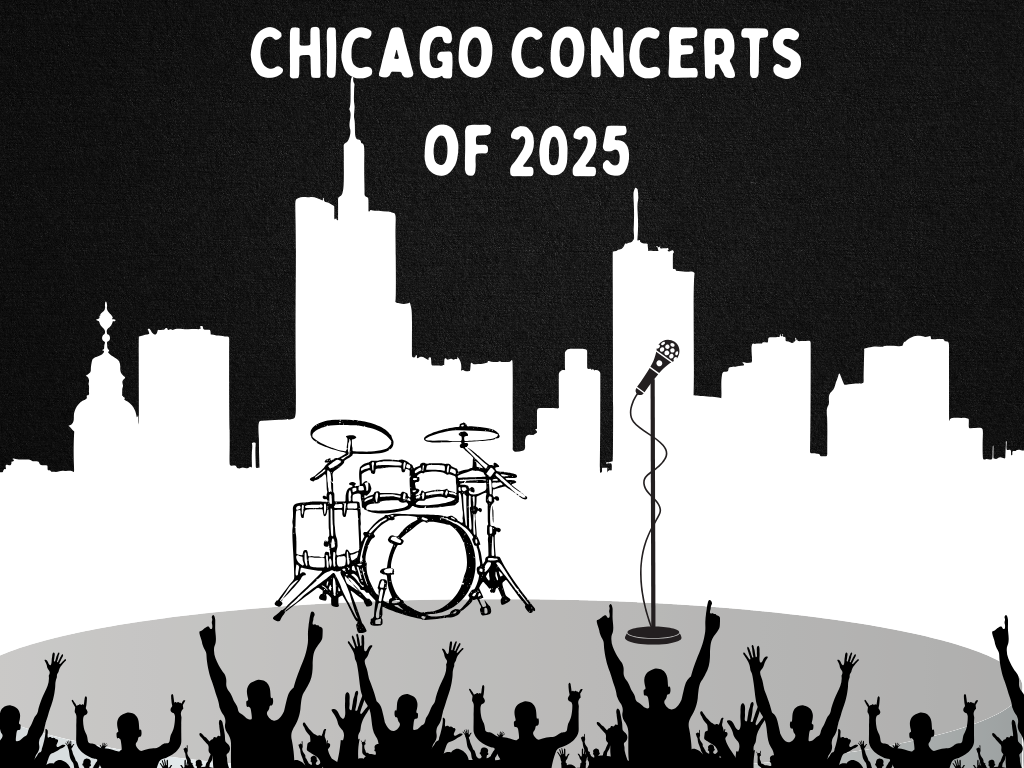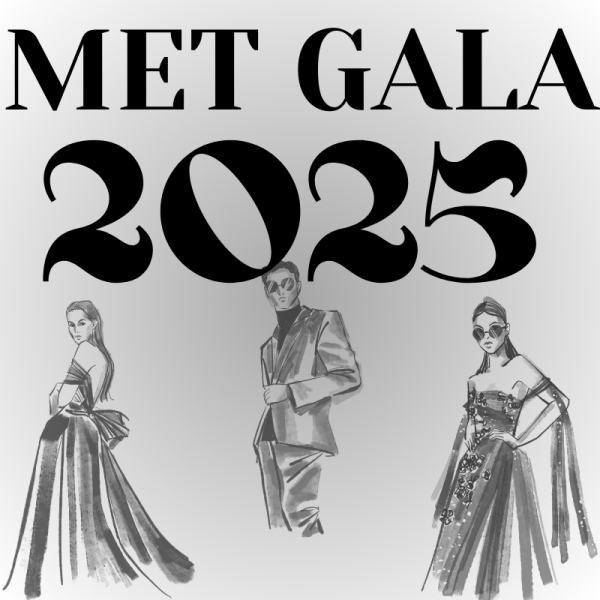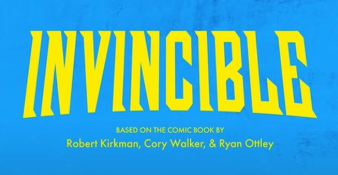Snapchatting vs. texting: a social media smackdown
March 30, 2016
There are two kinds of people in this world: those who ‘Snapchat’ and those who do not.
Snapchat: a popular communication/social media app that is abundantly downloaded, especially for modern teens, is caught under fire for being a threat to standard texting.
80 Lemont High School students were polled and the results showed that 55% of students still used standard cellular texting to get their message across, meaning that 45% were avid ‘snappers.’
But is this really surprising? Every time a new technology comes out, everyone seems to get all up in a tizzy as to if the previously used means will still be used. When television became popular, it was feared that radio would die out. When the internet became popular, it was feared that the television would become obsolete. But it didn’t. They never do.
Snapchat is a versatile app, meaning that it can be used for individual or public picture sharing and messaging. Snapchat’s appeal comes from mainly the fact that the pictures go away after a certain amount of time; if a snap is individually sent, the viewer can only see it for a maximum of ten seconds. If it is publically posted, then it disappears after 24 hours. The poster or sender can see who reads it, when they read it, and if they screenshot it, making the user completely in control of who looks at what.
Snapchat also just recently released new filters using fancy face-scanning technology that distorts the person’s face in a variety of different ways, maybe turning them into a dog or a monster or even by swapping faces with the person next to them.
The app also utilizes Geofilters: an extra embellishment to a photo if it is taken at a specific location that says where you are. For example, in Chicago there are dozens of Geofilters; you can find them in all of the loops, on all of the campuses, even at many of the malls.
Many Snappers challenge themselves to finding the most filters during a given adventure. It’s like a visual documentation of where you’ve been to share with your friends and family, in a much less annoying way than “checking-in” to every single location via Snapchat. It’s just so much more convenient and much more creative.
All of these things can not be done with regular messaging. That is obvious. You don’t just text all of your contacts “hey! I’m here today” or send them a random selfie. Snapchat makes it so much more easy to share your life in a more artistic fashion.
But that doesn’t make texting any less exciting; not all messages need to be invigorating or casual, as most snaps are. Texting still allows users to use their words to tell story. Whether it be a meaningful “how do you do” or a simple “wyd,” texting is still a viable way to communicate without actually speaking.
Snapchat is a favorite form of social media for teenagers alike, but that doesn’t defer many from texting. Certain people deserve texts, like parents, and other people get to see pictures of dogs and snaps of the sunset.
Based on the poll results, nearly half of the students were like me: avid snapchatters. The other, more traditional, half still preferred text messaging. But regardless of the means, the communication is still happening, whether it be visual or textual, the messages are still being sent.







